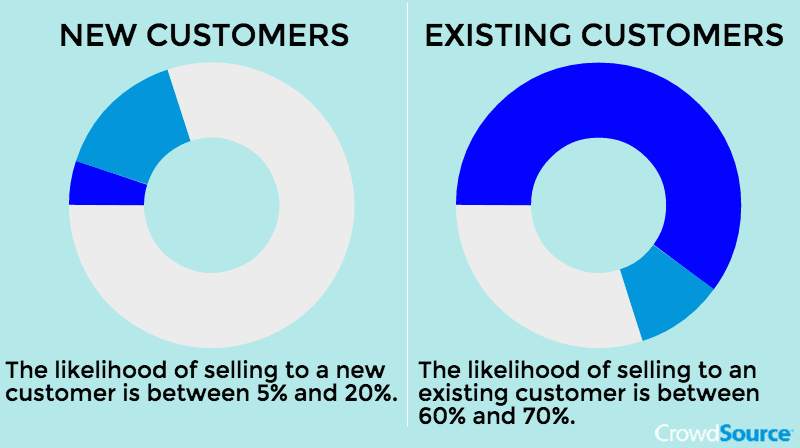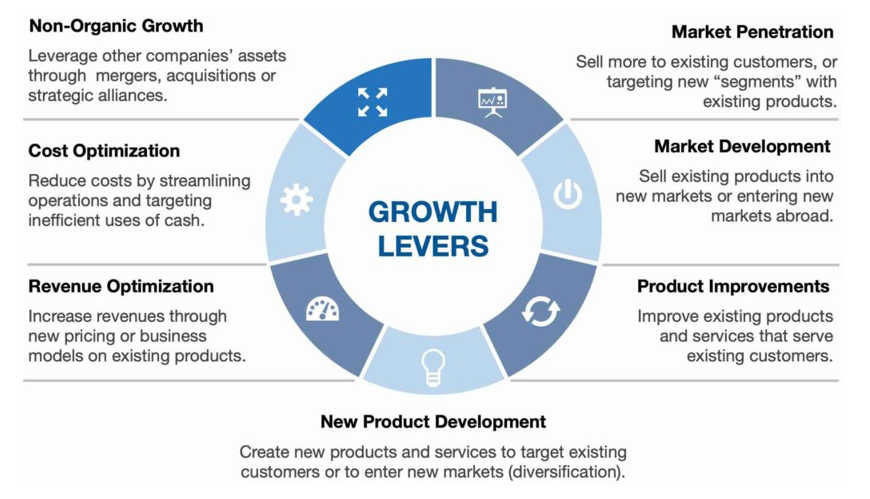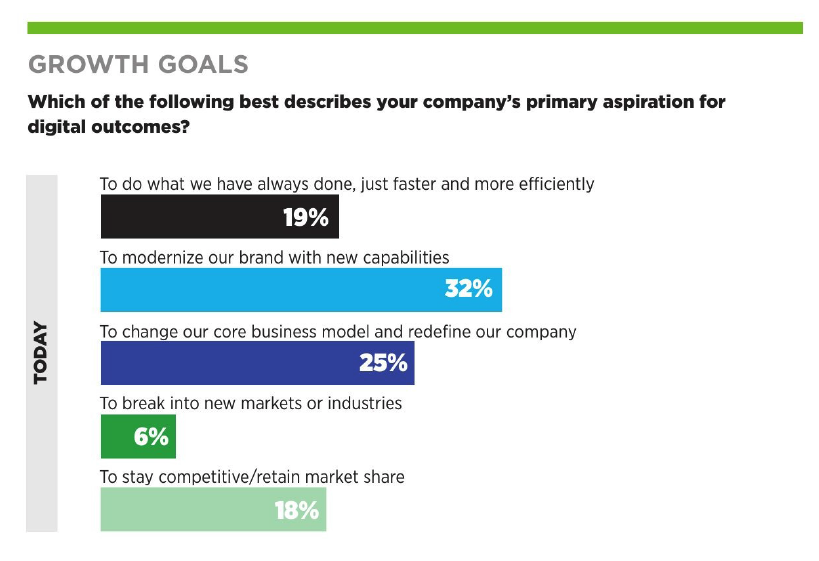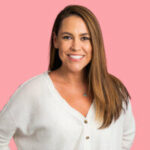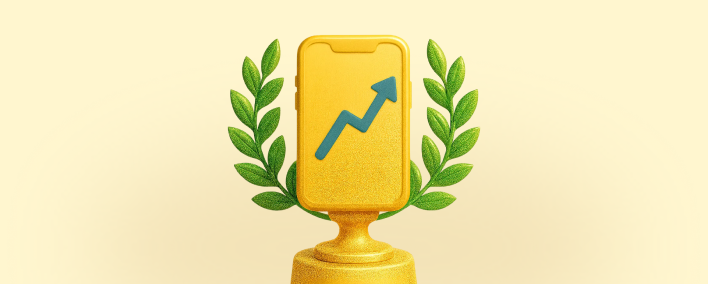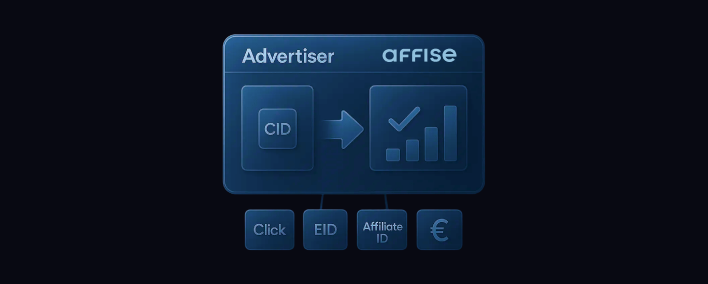Image source
How are market development strategies implemented?
The best technique for implementing a market development strategy will vary across companies and industries. Each business should choose a method that best suits its needs, operations, and product type.
The following options are just two of the main methods of implementing a successful market development strategy.
Suggest new uses for your product
One way to develop your market is to find new uses for existing products. Doing this will allow you to advertise to fresh prospects who may not have been interested in the past. For example, a phone production company that adds a high-quality camera to its products will be able to target more customers than before the camera feature was added.
You can delegate the task of discovering new features to your team. Several brains are better than one, and everyone is different when it comes to creativity. Asking others for new ideas is a great way to find uses for your products that may not otherwise be thought of.
It may also be worth considering working with a digital agency that can help you create the most effective advertisements to promote new product angles to your target market.
Geographic expansion
If you launched your product by focusing on a small area, a good way to enlarge your market is by expanding into new regions or international areas. However, before you make this decision, it’s important to consider whether your business can honor orders to different locations.
Firstly, determine whether you have the resources to expand geographically. If not, do you have the funds to increase your resources? For instance, if expanding geographically requires the opening of another workplace, are you able to afford that?
Additionally, it’s crucial to consider the level of demand for your product within a new market. If your competitors have beaten you by expanding into other areas first, are you able to convince customers your product is better?
Ask yourself these questions, and carry out in-depth research to ensure your business is ready for this kind of change.
The takeaway
Creating and implementing a strong market development strategy is fundamental to successfully expand your business.
It’s clear the best strategies for market growth depend on the business and industry. However, no matter which method you choose, it’s important to carry out thorough research before making any changes to ensure you’re ready.
So, before developing plans to expand your business at an international level or advertising new uses for an existing product, make sure all your bases are covered. Consider integrating different platforms and useful tools into your systems. For instance, you could use a data transfer platform such as CPAPI to improve your partnership programs.
Remember, customers are the heart and soul of your business. Make sure you’ll be in high demand if you opt for a new location, and research what kind of features new customers will like. Think of them (and your finances) before jumping into the unknown.













